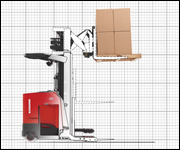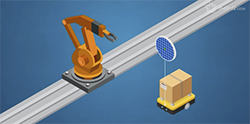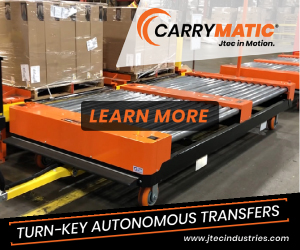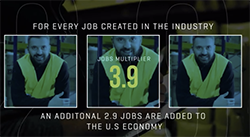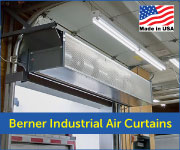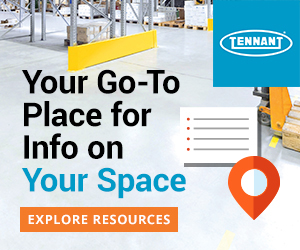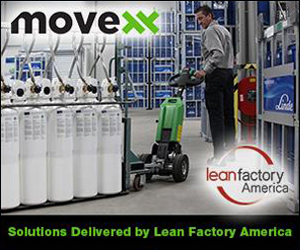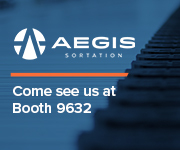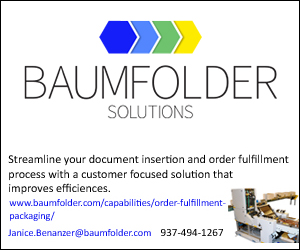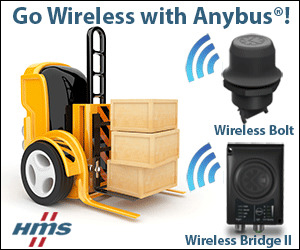 |
||||||||||||||||||||||||||||||
| Archive | Subscribe | Send to a Friend | www.mhi.org | Solutions Magazine | ||||||||||||||||||||||||||||||
|
Top Story
Technology and Innovation
MHI recently announced the finalists for the 2020 MHI Innovation Awards. After receiving 155 submissions from MODEX 2020 exhibitors, five independent judges completed the initial vetting process. The winners will be announced during Industry Night at MODEX 2020.
Typically utilized as an alternative to lift trucks or fixed, floor-mounted conveyor systems, monorails transport heavy, bulky materials throughout a facility or process, then position the loads. By relieving workers from the strains associated with lifting and pushing or pulling loads, monorails improve worker safety and ergonomics. Additionally, monorails free up floorspace, increase performance and throughput, and provide highly efficient movement with precise positioning.
MHI Updates
MHI will preview the 2020 Annual Industry Report, "Embracing the Digital Mindset: Connecting Data, Talent and Technology in Digital Supply Chains," during the March 11 keynote panel at MODEX. During the keynote, Thomas Boykin of Deloitte will join George W. Prest, CEO of MHI to present the findings of the 2020 report that details the innovations that are driving this change from traditional to digital supply chains. This is the seventh MHI Annual Industry Report released by MHI in collaboration with Deloitte Consulting.
Products arrive in warehouses and distribution centers on any number of pallet types these days: two-way entry, four-way entry, skids, slip-sheets, nine-block and more. To ensure that a rack system will safely support the type(s) of pallet(s) an operation is using, it’s critical to share all pallet construction and load details with the rack design engineer to ensure a safe operation and work environment. That’s because the storage rack system is designed specifically to work with a given type of pallet and load, taking into account—among many additional factors—the distribution of the load weight.
The Automatic Guided Vehicle Systems (AGVS) Industry Group of MHI has rebranded as the Mobile Automation Group (MAG). The updated name and changed logo is part of a larger overall branding restructuring as a response to the changing face of the industry. Mobile automation in supply chain continues to evolve and change and the MAG is committed to evolve alongside to give its customers the best solutions for their needs.
Workforce
Did you know that U.S. companies spend $94 billion on workers’ compensation costs annually? Improving ergonomics can have a significant impact on reducing those workers’ compensation costs. Here are a few statistics that detail why companies need to be proactive as (opposed to reactive) to reduce both risks and costs.
|
||||||||||||||||||||||||||||||


